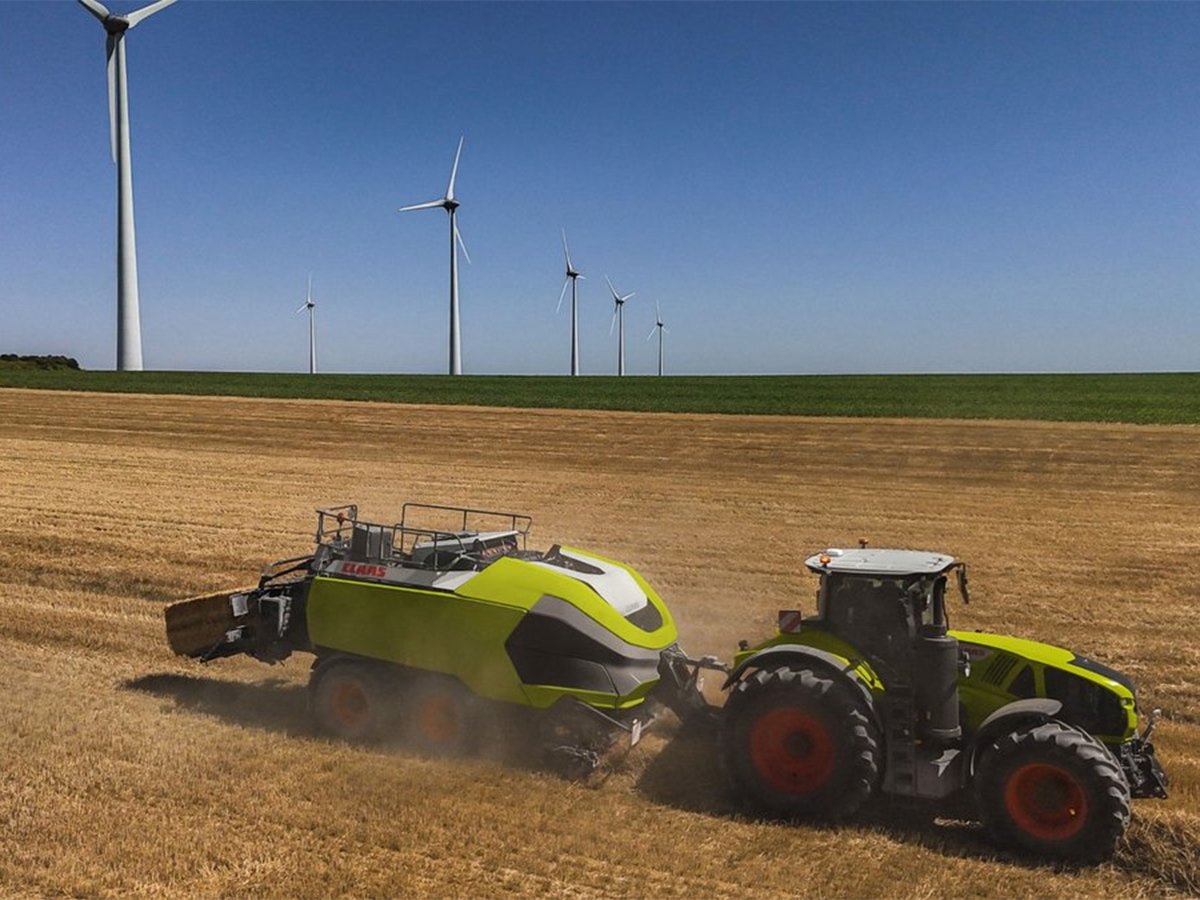The Conference Board of Canada forecasts improved economic growth next year, but it will be a joyless recovery of tepid growth.
“By year end I expect there will be growth in the U.S. economy,” said Glen Hodgson, senior vice-president and chief economist for the Conference Board of Canada.
But normal growth won’t emerge until 2011 because American consumers are burdened with debt and the stress of further job losses, Hodgson told the International Livestock Congress in Calgary July 11.
“We were actually foolish enough at the Conference Board to think Canada might avoid the recession,” he said, but this country is doing better than most, partly because Ottawa and most of the provinces had surpluses or balanced budgets going into the recession.
Read Also

Machinery automation runs through 2025 Agritechnica innovation awards
Computer vision and AI processing for farm machinery show up many times in Agritechnica’s 2025 innovation award winners.
Canadian resource sector exports collapsed and manufacturing stalled as the recession took hold, but the banks are strong and government infrastructure money will kick in soon to start economic activity.
Canada is posting a $50 billion deficit this year to stimulate the economy.
“This is all that is necessary to get the economy going,” Hodgson said.
He expects 2.5 percent growth for Canada in 2010, which is still weak but better than many other countries. But he warned that job losses and bankruptcies are expected in 2010, even as the economy improves.
He predicted interest rates will rise to stave off inflation in the next two years.
“If you have a chance to lock in debt now, do it because you will never get it at a cheaper price.”
Hodgson said the Canadian dollar will likely remain strong at around 90 cents US and advised people to plan for that scenario.
He said all levels of government need a plan starting in 2011 to get back into fiscal balance or suffer long-term deficits.
Hodgson said this economic meltdown was so shocking because it happened to nearly every major economy.
“This is the first synchronized recession we have seen in over 50 years. Normally, when the U.S. goes into the tank, someone else like Japan or Europe has a good period to offset it.”
He warned that the U.S. and Europe will not be the strong economies of the future. Instead, economic power will arise in Brazil, Russia, India and China, known as the BRIC countries.
The Chinese, Indian and Brazilian economies have avoided recession, but have slowed because of sluggish global trade.
“China is going to help pull us back out of the global recession,” Hodgson said.
“BRICs are the future. They are what is holding up the world economy right now.”
Agriculture economist David Kohl of Virginia Tech University disagreed.
He said BRICs make up only 18 percent of the world’s economy and questioned whether they can revive an entire world economy. By comparison, the European Union makes up 25 percent of the world economy and the U.S, Canada and Mexico another 25 percent.
While China has enjoyed seven to eight percent growth, Kohl said activity there needs to be watched because much of that growth was due to preparing for the Olympics. Growth is likely to slow now that the games are over.
If China’s growth falls to three percent a year, that would be considered a recession and commodity prices could get sloppy.
The Chinese government believes it needs eight percent growth a year for social control.
Kohl said the U.S. deficit and debt are worrisome because they must be repaid at some point.
The U.S. has $11.5 trillion of debt held largely by entities in China, Japan, the United Kingdom, the Caribbean and the Middle East.
Financing the U.S. economy means higher interest rates from those holding the current debt, which Kohl said will likely bring extreme volatility.
He also predicts that 25 percent of small businesses in the U.S., including farms and ranches, will file for bankruptcy this year even though many posted profitable balance sheets.
“It is the good years that get you into trouble,” he said.
Agricultural growth will be slow but steady in the next few years, but to be successful producers must know their cost of production.
Kohl foresees three directions for future farms:
- Large family farm units that may be incorporated.
- Smaller farms producing natural, local products. The region between Calgary and Edmonton is an ideal place for those kind of farms to start, he said.
- The traditional farm that is partly a lifestyle choice.















